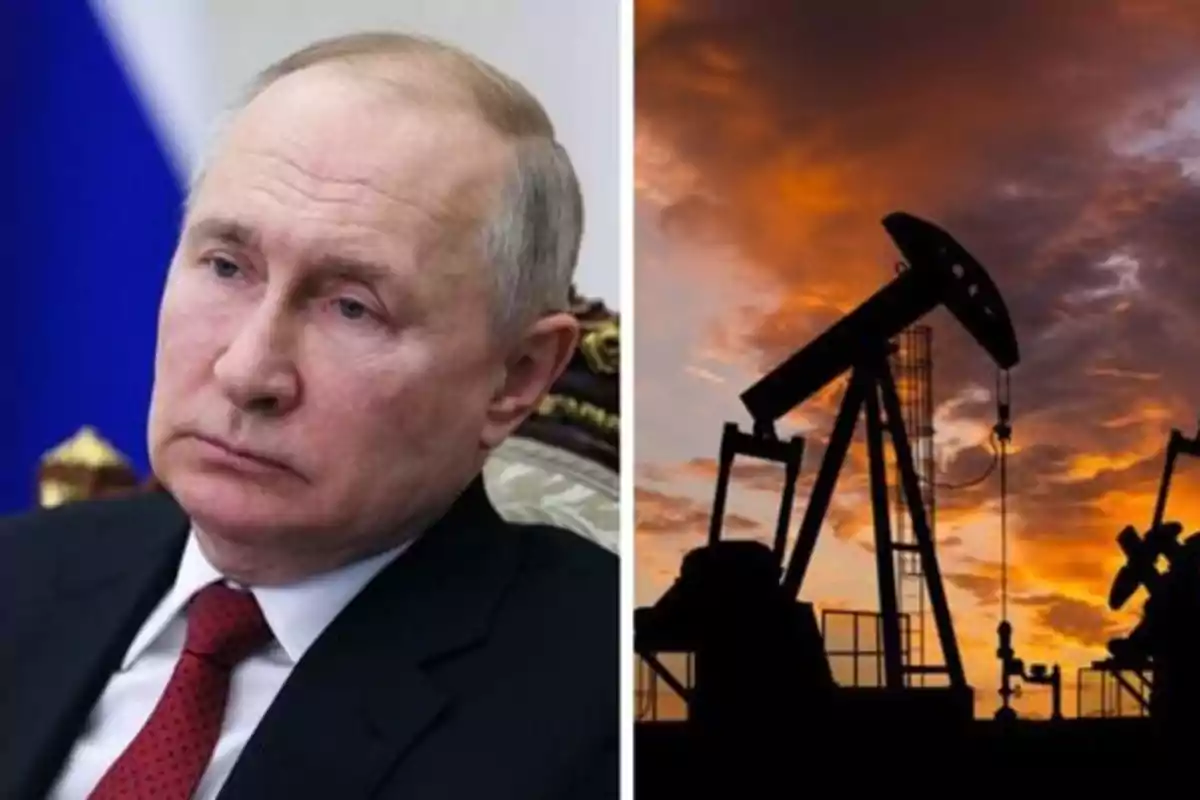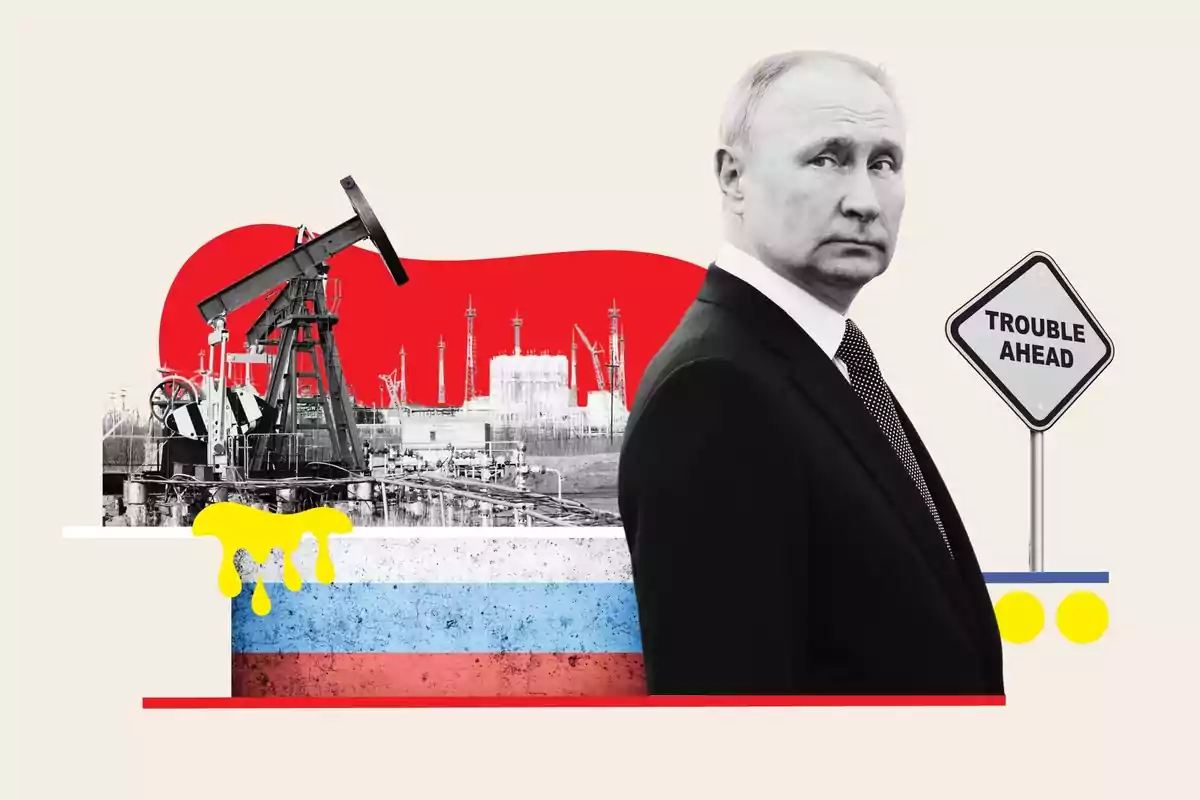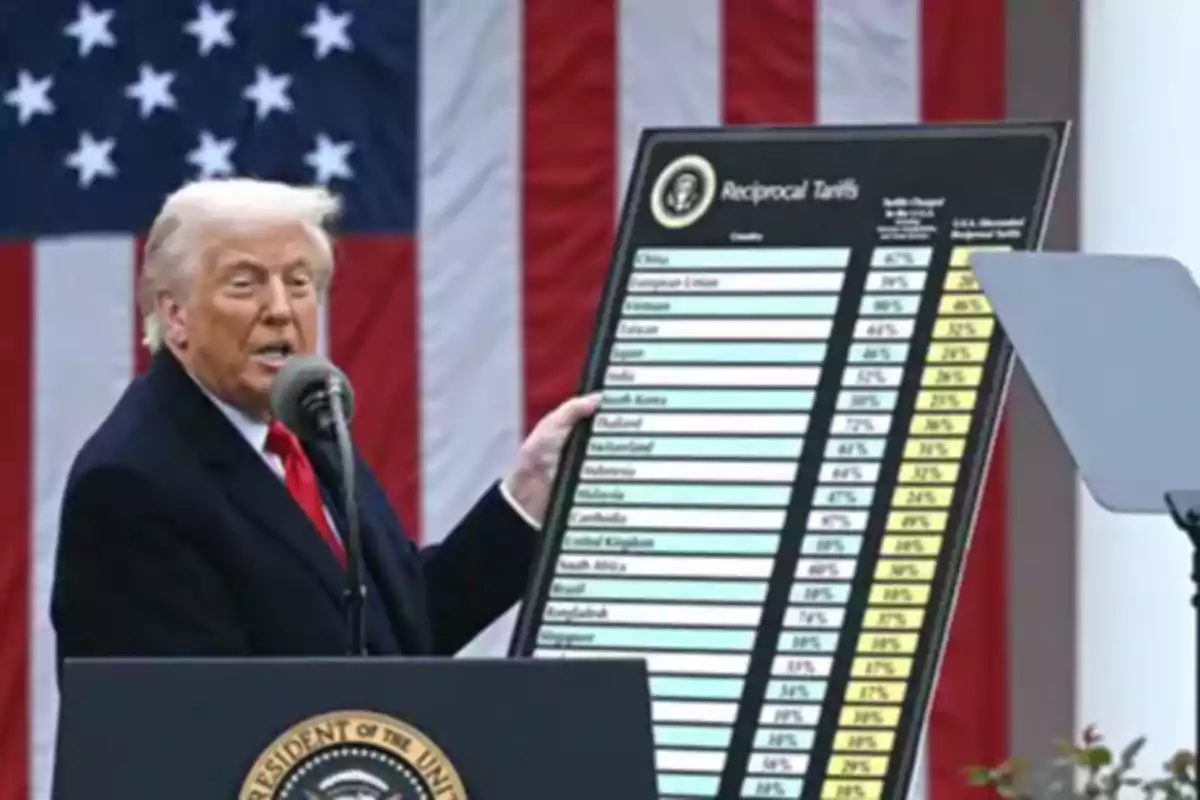
Three Gulf countries will replace Russia's oil in the event of Trump sanctions.
Washington seeks to pressure buyers of Russian crude to reduce their imports
Three of the main Gulf nations, Saudi Arabia, United Arab Emirates, and Kuwait, have sufficient production reserves to rapidly increase their oil supply if U.S. President Donald Trump moves forward with imposing secondary sanctions against Russia. This is according to Reuters energy analyst Ron Bousseau.
According to his estimates, Saudi Arabia would be able to add 2.3 million barrels per day within 90 days, while the United Arab Emirates could contribute an additional 900,000 barrels per day and Kuwait another 600,000. This additional margin would allow these countries to cover the deficit that would arise if Russian exports suffered significant disruptions.
The secondary sanctions promoted by Washington aim to pressure buyers of Russian crude to reduce their imports, which could reshape the global hydrocarbon market. Trump's goal is to isolate the Russian economy and reduce its exports, which would cause a loss of revenue and a reduced capacity to finance the war in Ukraine.

India, which in June led purchases of Russian oil with a daily volume of 1.5 million barrels, is in a phase of delicate trade negotiations with the United States and, according to analysts, is unlikely to want to aggravate tensions with the White House.
In contrast to India, it is unlikely that China will change its levels of Russian crude imports, which in June reached 2 million barrels per day. The Asian country is already subject to various tariffs imposed by the United States and considers its relationship with Moscow strategic, which reduces the likelihood of a change in its energy policy.

However, even if China keeps its purchases, it is likely to do so at lower prices, which would directly impact the Kremlin's revenue. Oil and gas exports account for between 30% and 50% of Russia's federal budget, so a drop in prices could push Moscow to make key decisions.
Meanwhile, global oil supply is expected to grow by about 2.1 million barrels per day, driven mainly by the decision of OPEC+ member countries to begin reversing the production cuts previously established, a process that began in April.
More posts: